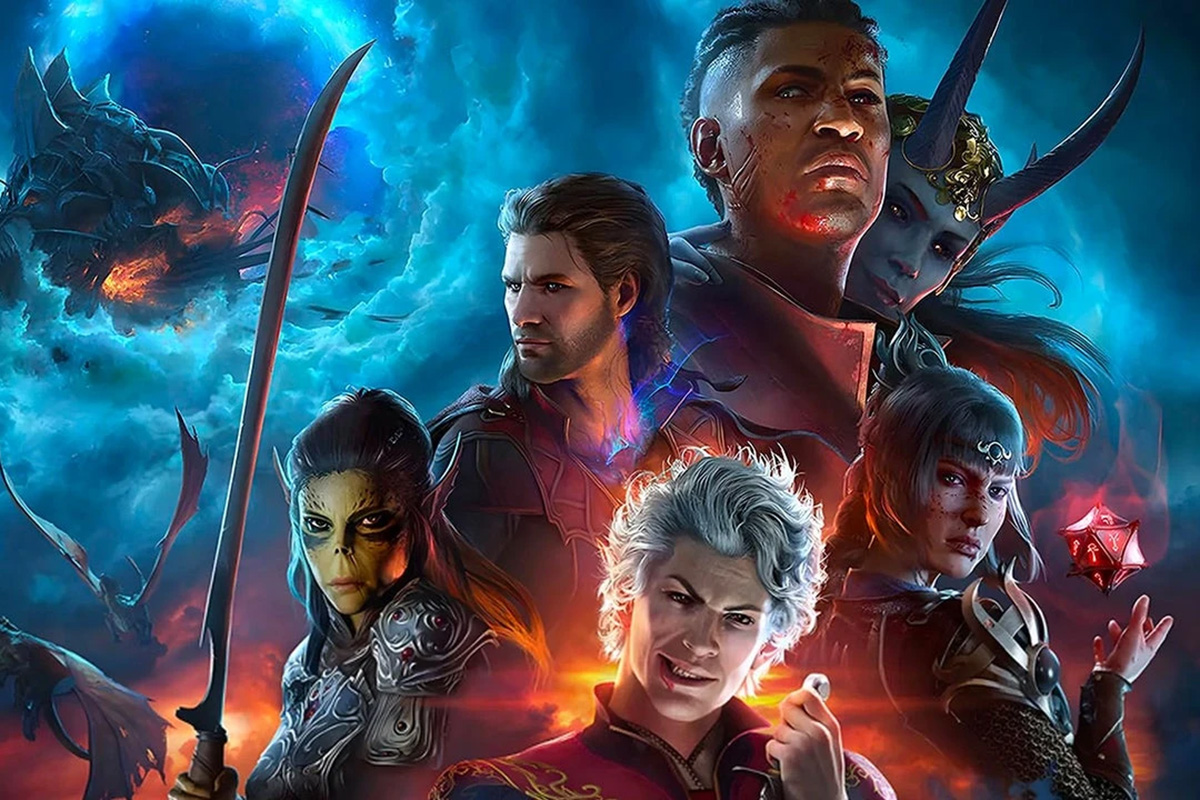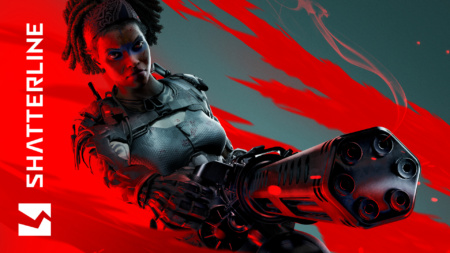
Shatterline is a game by the Ukrainian studio Frag Lab. Some of the developers are former members of Crytek Ukraine, who worked, among other things, on Warface. The studio’s first game, Shatterline itself, was originally developed in collaboration with Wargaming, but the studios parted ways a few months ago. We have already played this project and share our impressions.
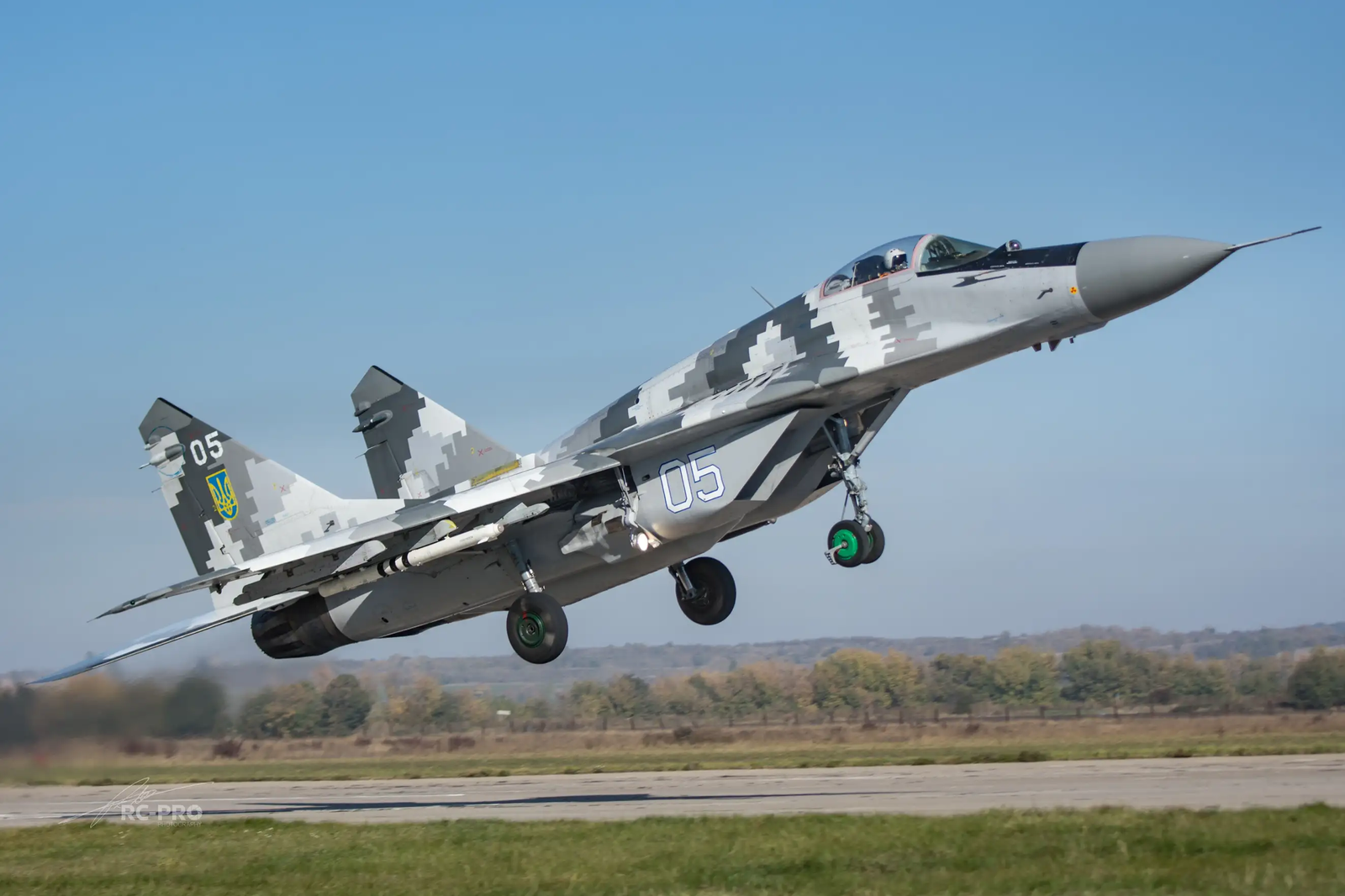
GLASS LOCK
In 2028, an alien infection attacks the Earth, which turns people into glass monsters, and terraforms the planet itself under its own appearance. Among all the chaos are people immune to the plague of the 21st century, opposing the invader, who has already lost many worlds.
Unfortunately, at this stage of the development of the game, there are really only prologue missions, and that one is as linear as possible and performs the functions of a training level. The rest of the PvE tasks have a short briefing to justify the shooting of glass monsters and do not contain any interesting story, although in the dialogues during the mission or the Expedition, the details of this world and the characters remaining behind the scenes are minimally revealed.
From the modes there are Expeditions, PvP and weekly activity. Expeditions work on a rogue-like system, a team of three heroes is landed each time at a different point on the big map and you need to complete 4 stages, each subsequent one is more difficult than the previous one. Standard sets of weapons and abilities do not work here, we start the game with a pistol, and improved weapons, passives and abilities are obtained at reinforcement points that need to be repulsed, weapons and perks are also randomly generated.
After each stage, local currency and resources are counted, and the question of evacuation or continuation of the expedition is put to a vote. In the event of an evacuation, the team needs to get to the evacuation point and wait for the helicopter to arrive by shooting enemies. Evacuation allows you to save all the swag received, and if the squad decides to move on and dies during the stage, then they receive only half of what they earned. Complicate the task and the level of radiation, which with each filling of the scale makes opponents stronger, gives them different abilities, such as shields.
There is only one weekly activity of your choice, it lasts 4 days and can be both PvP and PvE. In the case of PvE, this is a story mission in which we advance along the linear level, perform various tasks (capturing a point and defending it, etc.) and encounter several bosses. There were two bosses in the mission that I managed to get to, they are decently made in terms of mechanics and it is not easy to defeat them. There are only three attempts to complete the mission, after the third wipe the mission fails, but all the accumulated resources are saved, which is nice.
However, the plot in this mission was a cat crying, the cutscenes are more functional and serve to load the level than to demonstrate something important or interesting. A PvP target mining mission is available this week, nothing special in terms of the genre, except that the name “Slam Mode” (Bavovni Mode) pleases. It was also added to the list of general PvP modes with the latest patch.
Another nice little thing, for all game modes, both PvE and PvP, the approximate time for completing a mission or match is indicated, which is very useful for session games.
The PvP section has several modes: cargo escort, capturing and holding points, the classic deathmatch, the already mentioned Slam mode and something new – the construction mode in the Arena. We have a completely empty square arena divided in half. Before the start of the match, the teams have a few seconds to build up their half with blocks. With each subsequent round, some areas of the arena are blocked and cannot be built on. After the construction phase ends, the curtain falls and the match begins. There is no respawn in this mode, but brothers can be raised, although this is very difficult to do due to high dynamics. Out of all of them, this mode is my favorite.
I haven’t played much in PvP and it’s hard for me to say something about the balance, although in the reviews people are most unhappy with this aspect of the game. In my opinion, the main problem is the number of players, as soon as there are enough of them for a good balance, situations will disappear when beginners are thrown to experienced players with well-trained weapons. And I remind you that the game is in early access for only the second week, and in fact all the players are newbies. While you don’t have to rule out the personal skill factor in the genre, sometimes it happens that people just play better than you but are new to the game. In this case, even pumped weapons lose experience.
HEROES OF THE NEAR FUTURE
The game has 4 conditional classes and 8 characters, each with their own abilities and ultimate skills. Although the characters are unique in their skills, each class has its own characteristics, for example, only the Scout can climb some points on the map, and the Support (medic) raises fellows faster than other classes. But there are no restrictions on the choice of weapons, a medic can be like a sniper, and there he can storm opponents with a shotgun
Playing as a character, we accumulate experience levels, upon reaching each level, the character receives an item of clothing. As the levels increase, the hero’s passives open, this can be either a continuation of the ultimate ability, or an additional first-aid kit in the case of a support class. Each character is pumped separately, the arsenal can be customized for each hero.
There are 25 types of weapons in total, divided into 5 classes (pistols, shotguns, PCs, shotguns, rifles) and 5 ranks. Like the characters, each weapon is pumped separately, you only need to use it in battle. With pumping, access to different modules opens up, if you have played other online shooters, then the principles are familiar to you.
Each weapon has several slots for modules, but only one is open, the rest must be bought for in-game currency, which CANNOT be purchased for real money, only received in the game. With the accumulation of the level of the weapon, the overall level of the Arsenal is also accumulated, which opens up access to the highest ranks of the weapon. Each weapon from the highest ranks also needs to be purchased separately, initially only weapons of the first rank are available.
In addition to modules that improve (or even worsen) weapons, you can also decorate your favorite barrel with stickers and key rings. There is also a separate category of Modifications. This is a separate cell that makes significant improvements to the weapon, and also changes its appearance. Such modifications are unique for each type of weapon and are created in the Forge for a separate resource – Blueprints.
Resources can only be obtained in the game, but they give very little, in one run you can get about 10 units, another 10-20 for completing daily and weekly tasks, and 300 blueprints are required to create a modification. Modifications are created randomly, that is, you cannot craft the desired modification for your favorite weapon. For me, as a player, this is a minus, but I understand that in this way the developers keep the player. It’s practically a loot box that can drop anything.
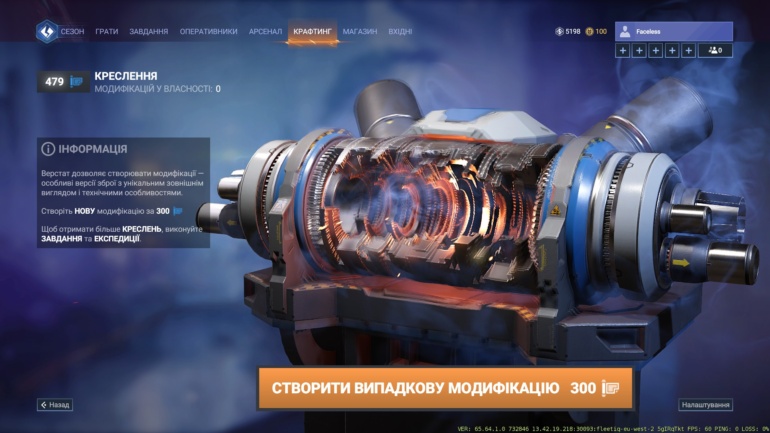
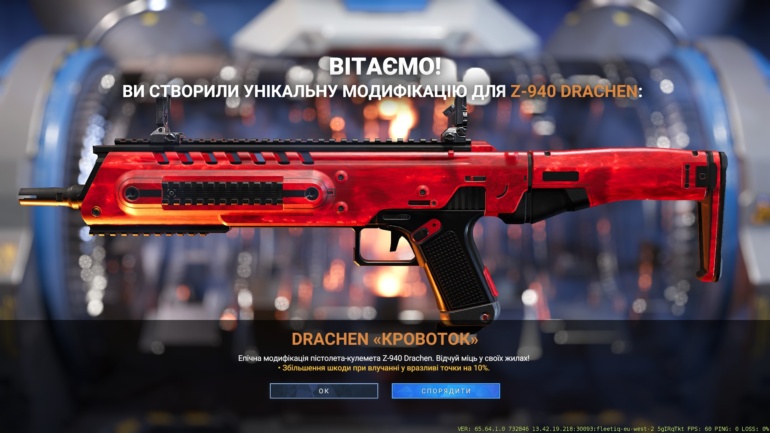
HOW MUCH DO YOU COST?
What will they ask for money for? The store in the game is a little strange. A season pass costs $10 and it’s quite a reasonable price, they also give a lot of bonuses and they are all cosmetic, they have no effect on the gameplay. Even the leveling bonus works EXCLUSIVELY on the Pass, and not on character or weapon leveling. But some items are too expensive. And at first I wanted to complain about such a price tag, but I read it more carefully and realized that such a price is not for an item as such, but as additional support for a domestic developer. In the English version of “Developer from Ukraine”.
Each item in the game is unique. That is, you can only hang a keychain or patch on one weapon at a time. So if you liked some kind of sticker, you have to constantly re-stick it. In general, there seems to be enough cosmetics, but I want more jewelry specifically for the character, because so far there are very few costumes and accessories.
SCOPE OF TAR
Well, not even a big spoon, but a whole handful of tar – bugs. With minor bugs, like skipping castscenes after a mission or missing sound, everything is clear, this is still early access and you don’t pay attention to them, but the game also has serious problems. In the very first cooperative mission Red Lake, there were several serious bugs, firstly, the intermediate boss did without hells, that is, ordinary mobs that interfere with the players, and secondly, one of the encounters did not activate properly, the opponents simply did not appear and had to be completed ahead of schedule mission. After that, I started the same mission again, I was thrown into a team that was already on the final boss and you won’t believe it, it also hung. Later, I fully reached her and also could not win through this very bug – the Queen had to call assistants, but she didn’t and I just had to leave the mission.
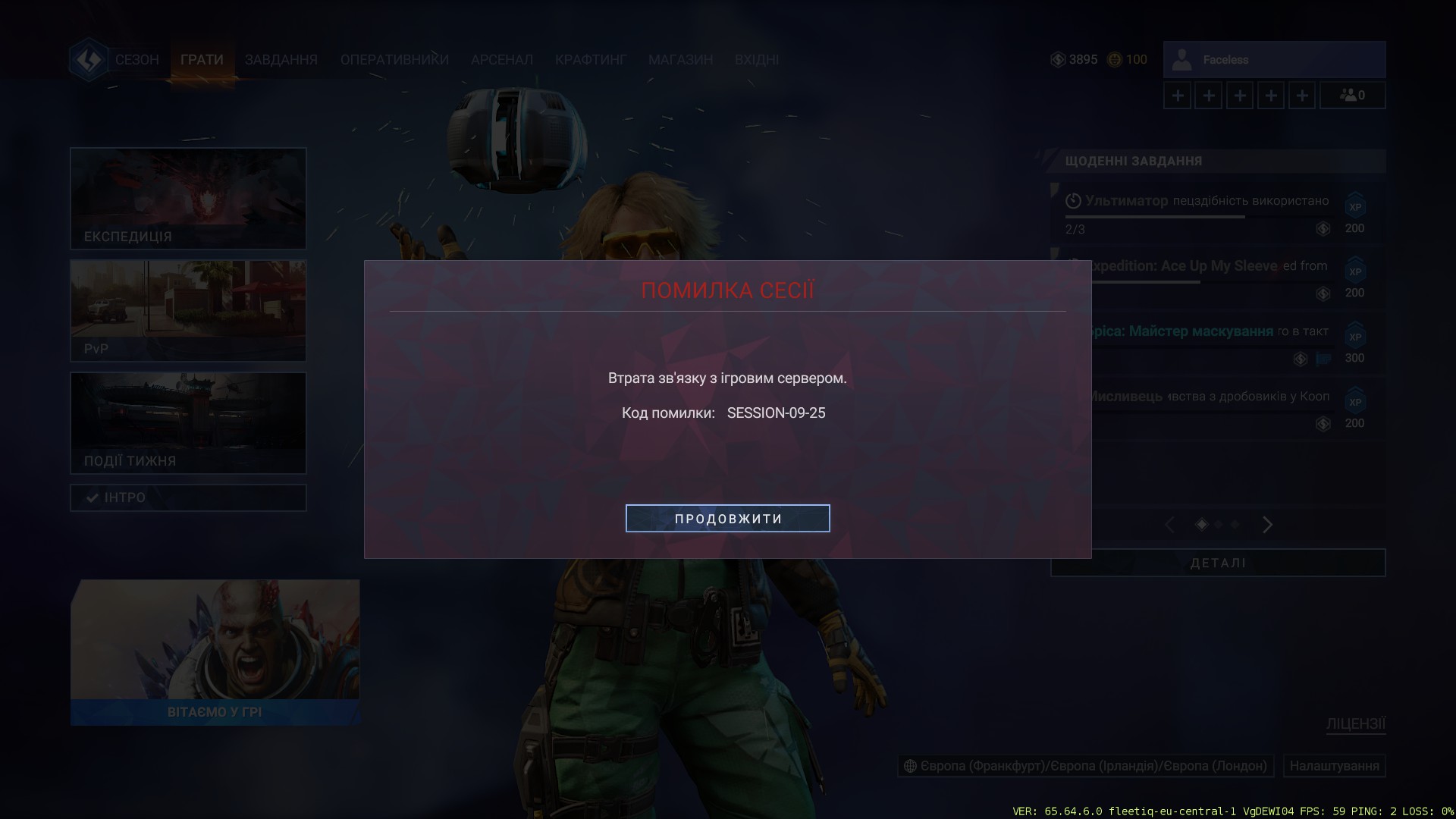
As an excuse for the developers, I will say that they regularly release patches and when you read this review, such problems may have been fixed.
The game is fully voiced in Ukrainian, Postmodern is responsible for this direction and there are no complaints, except that some daily and weekly tasks are not translated, but we will attribute this to early access, and the constant addition of new content that they do not have time to translate.
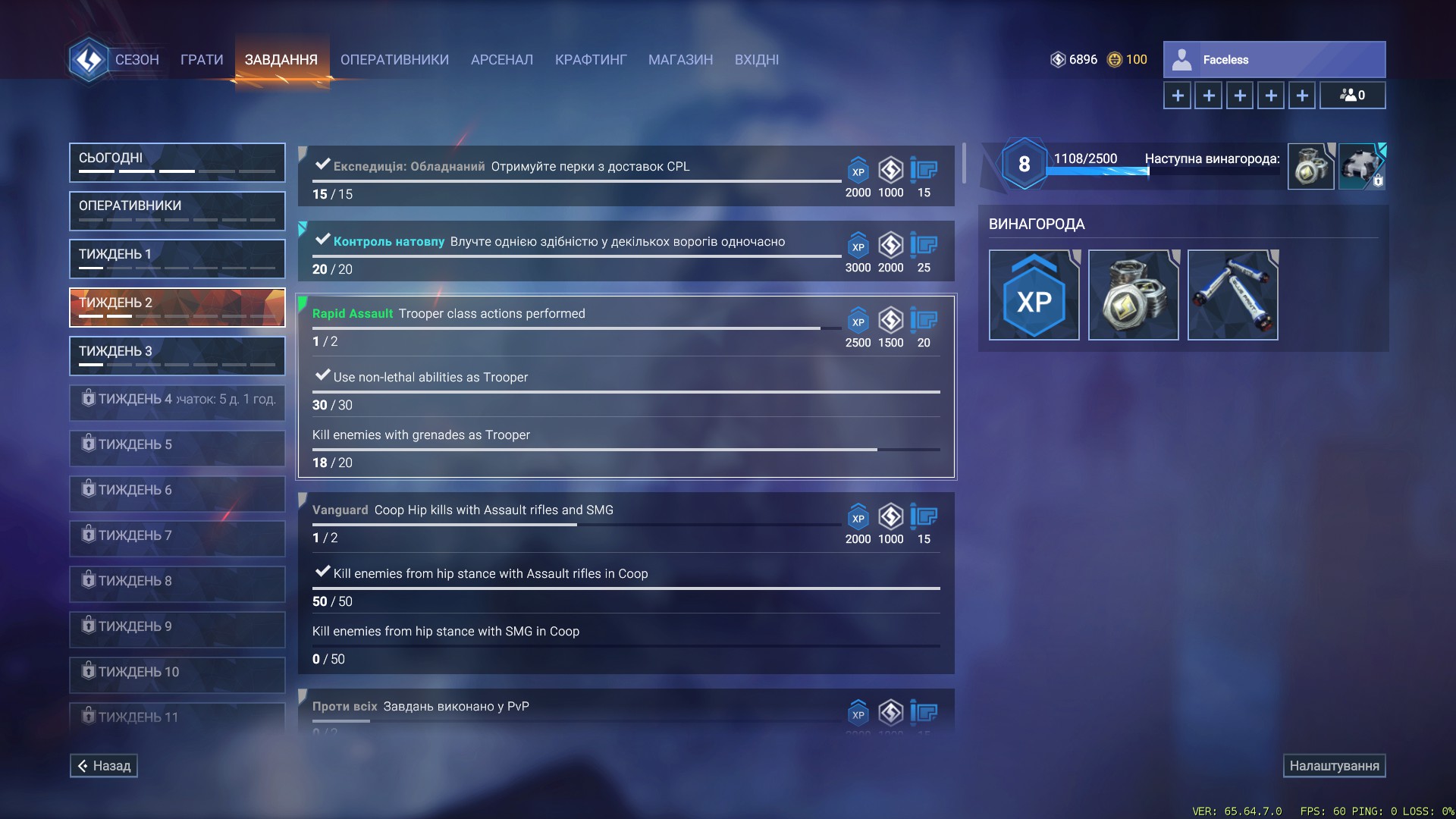
As a rule, a technically ready project with a minimum of content is released in Early Access, and over time, the game is expanded to the size of a full-fledged release. With all the bugs, Shatterline looks more like a final beta than a finished product.
A full release is scheduled for February 9th for PC (Steam) and PlayStation, and I wish the developers to eliminate all critical flaws and add a little content, especially for the Story Mode. The game is interesting and the shooter mechanics are well done, I don’t want the good potential to be buried under technical problems.
